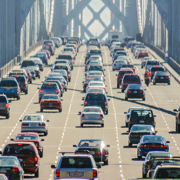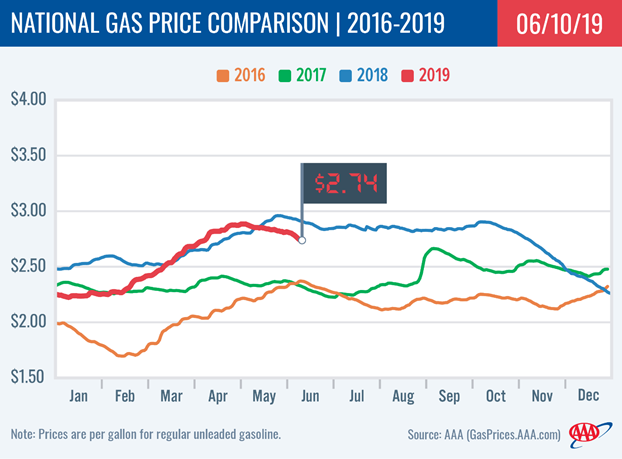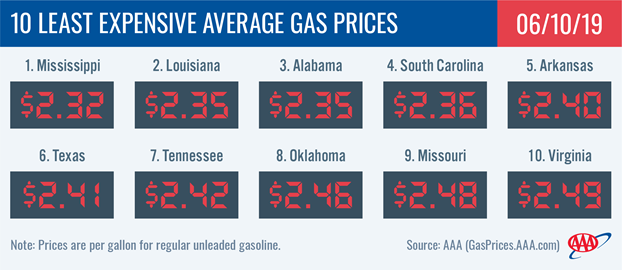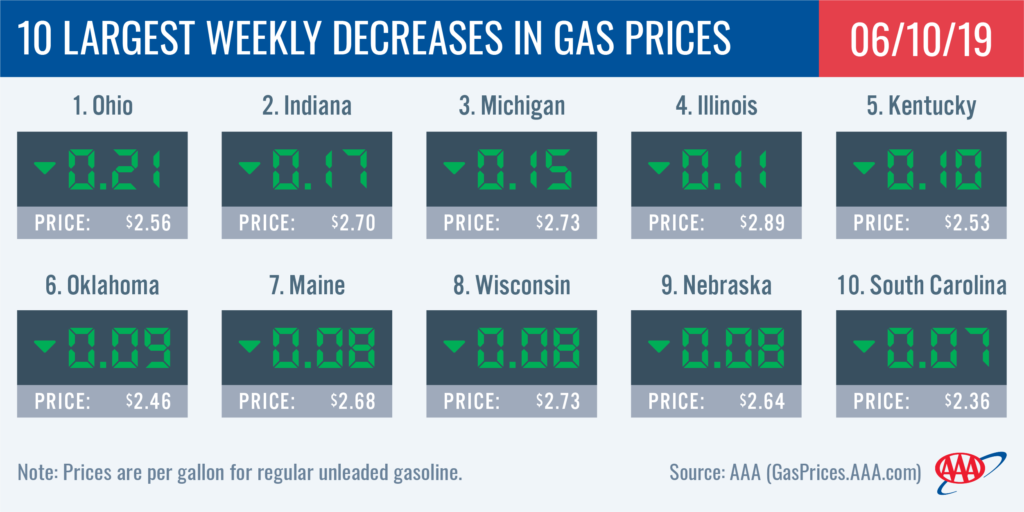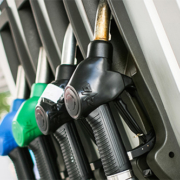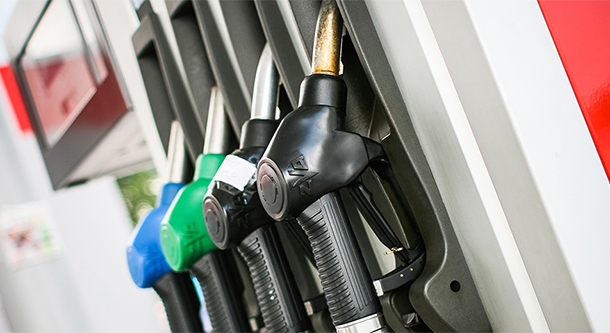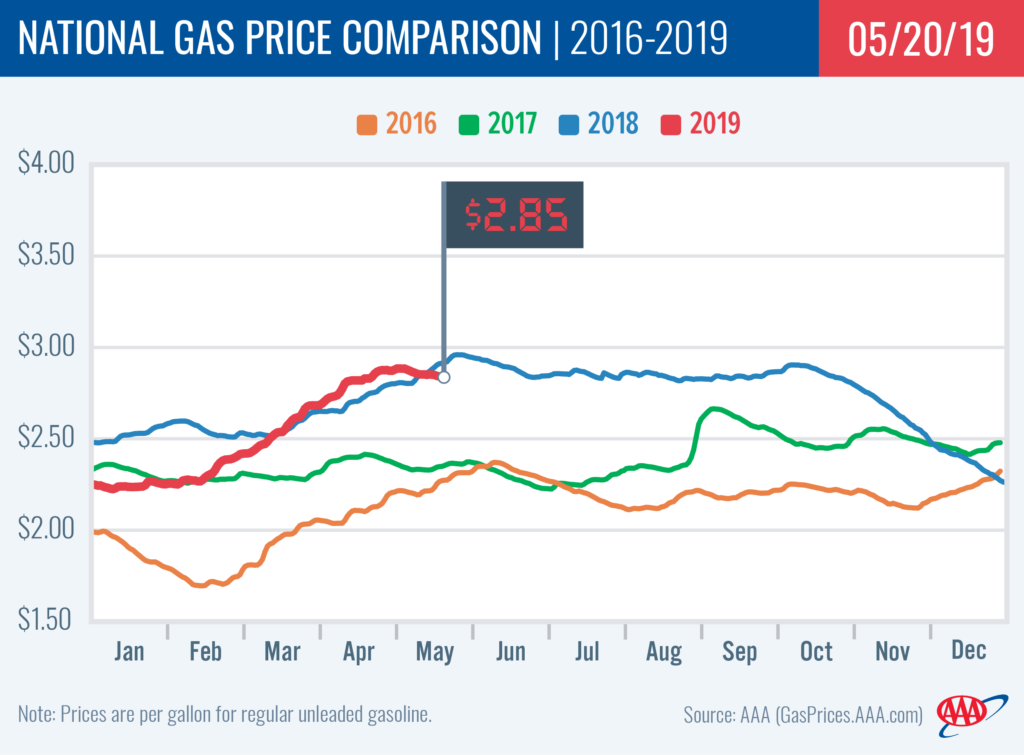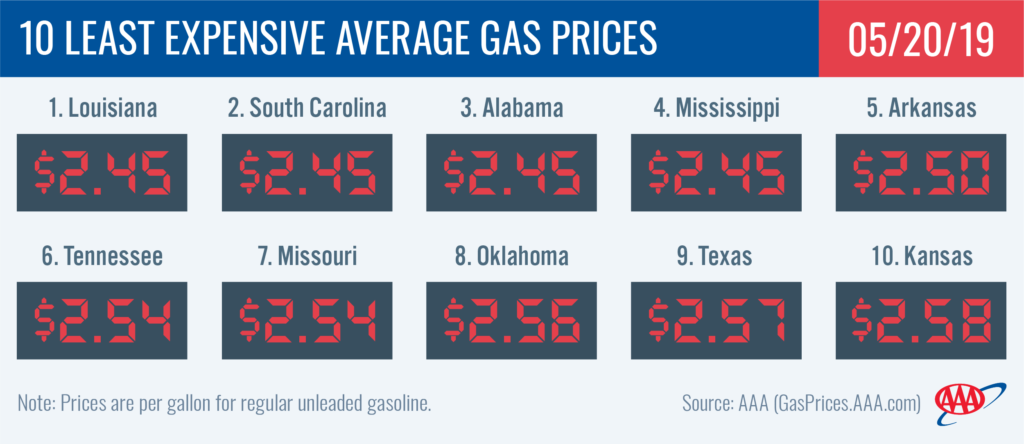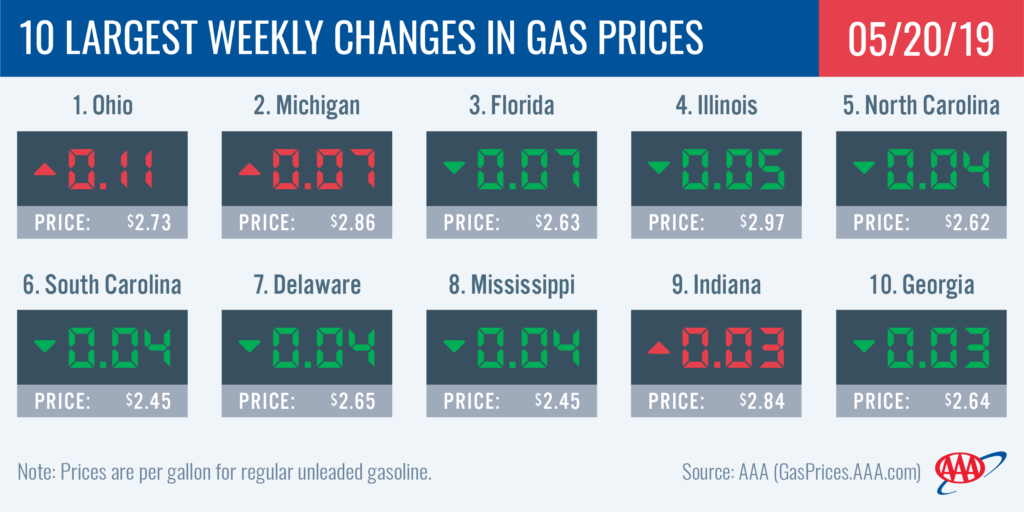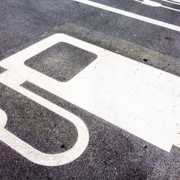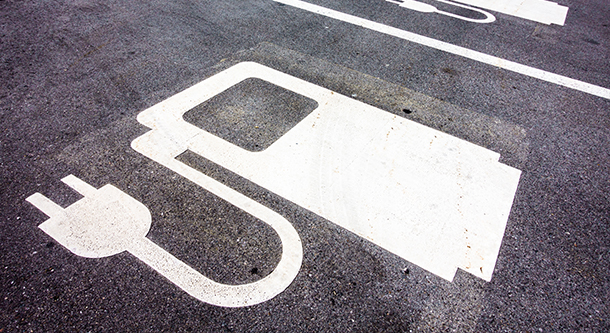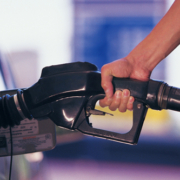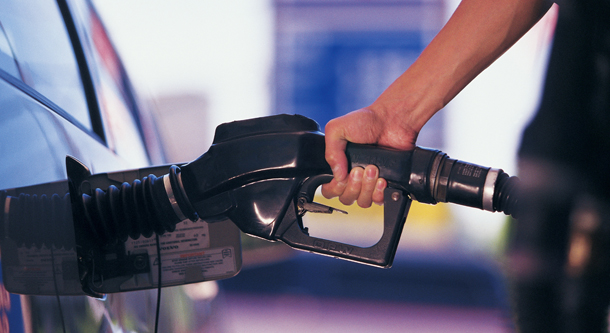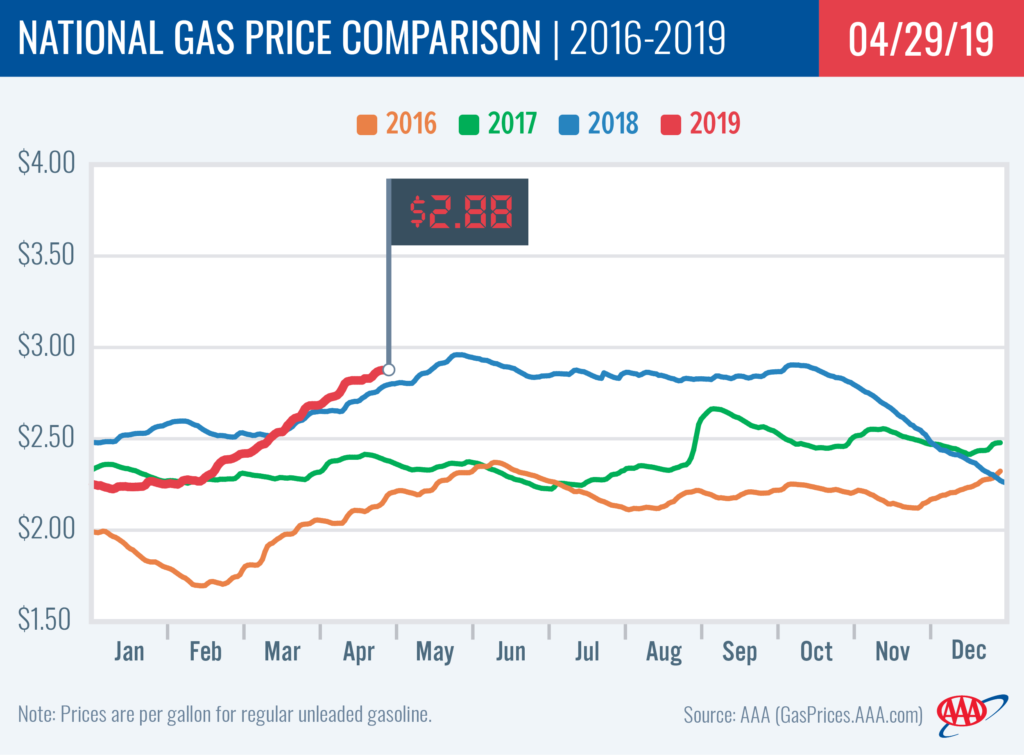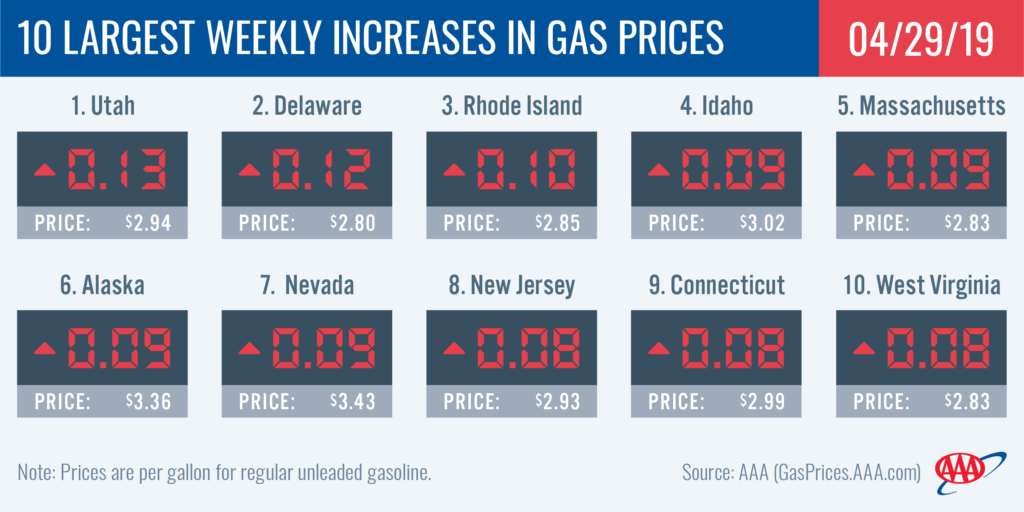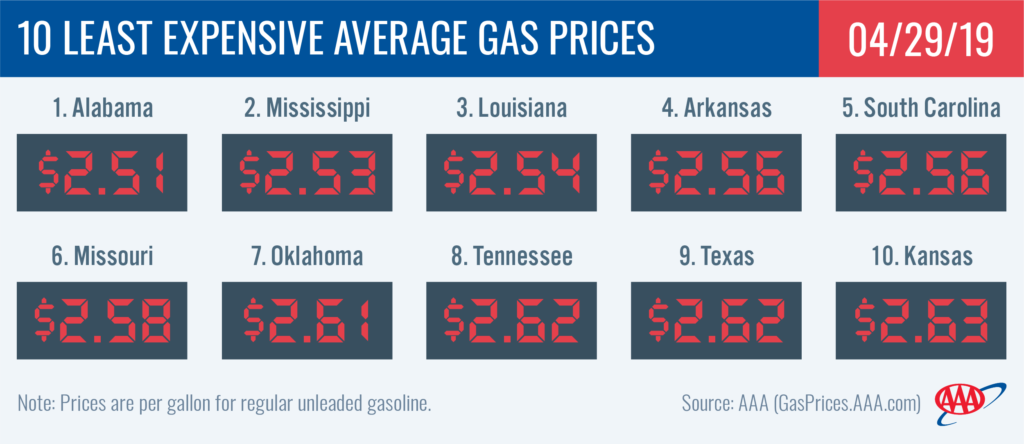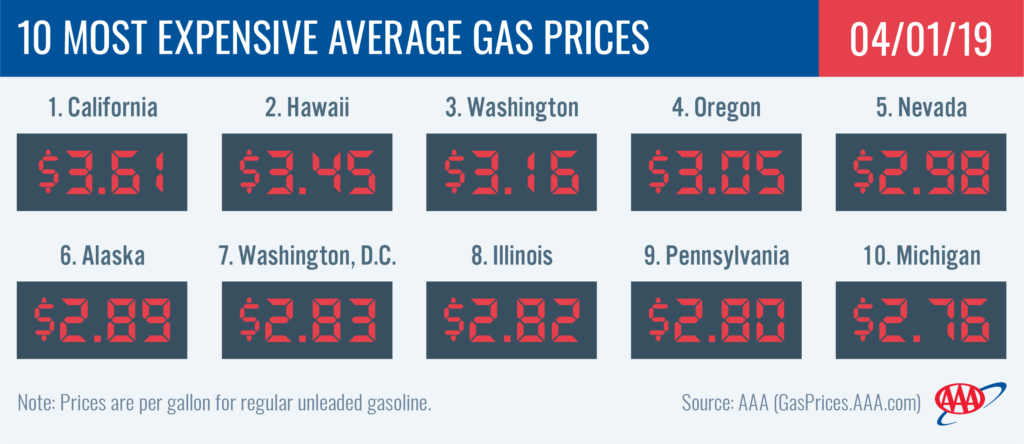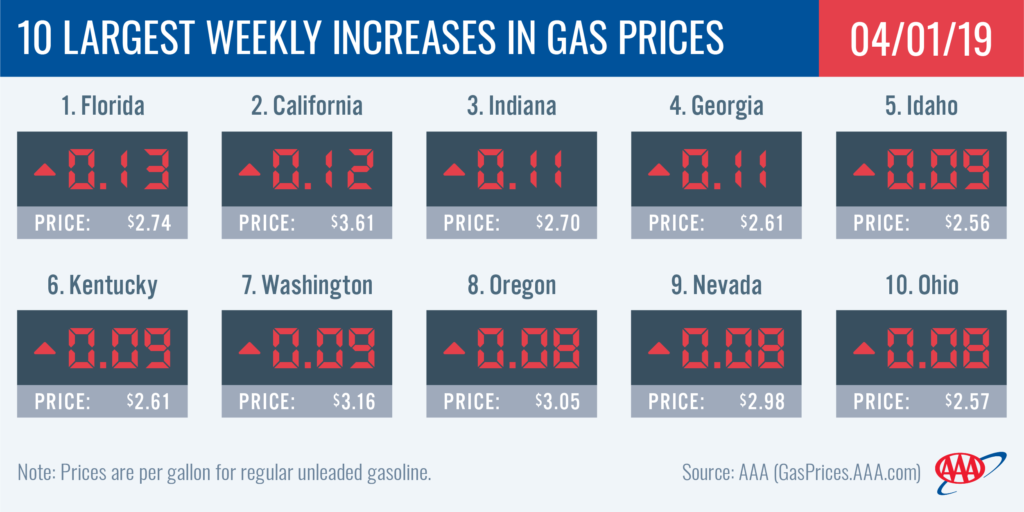AAA Newsroom: Americans Don’t Think They’ll Get Arrested for Driving High
[ad_1]
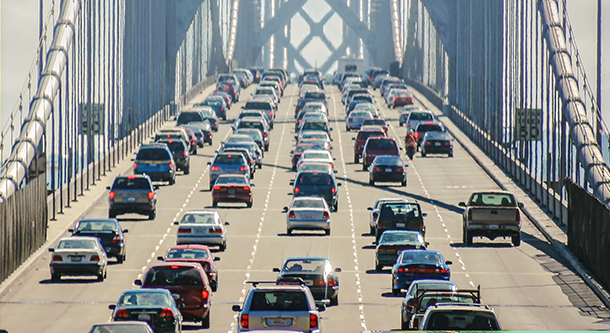
New AAA Foundation research shows an estimated 14.8 million Americans report driving within one hour after using marijuana in the past 30 days
 WASHINGTON, D.C. (June 19, 2019) – Nearly 70% of Americans think it’s unlikely a driver will get caught by police for driving while high on marijuana, according to a new AAA Foundation for Traffic Safety survey. An alarming finding shows that an estimated 14.8 million drivers report getting behind the wheel within one hour after using marijuana in the past 30 days. The impairing effects of marijuana are usually experienced within the first one to four hours after using the drug.1 And marijuana users who drive high are up to twice as likely to be involved in a crash.2
WASHINGTON, D.C. (June 19, 2019) – Nearly 70% of Americans think it’s unlikely a driver will get caught by police for driving while high on marijuana, according to a new AAA Foundation for Traffic Safety survey. An alarming finding shows that an estimated 14.8 million drivers report getting behind the wheel within one hour after using marijuana in the past 30 days. The impairing effects of marijuana are usually experienced within the first one to four hours after using the drug.1 And marijuana users who drive high are up to twice as likely to be involved in a crash.2
Additional Resources
“Marijuana can significantly alter reaction times and impair a driver’s judgment. Yet, many drivers don’t consider marijuana-impaired driving as risky as other behaviors like driving drunk or talking on the phone while driving,” said Dr. David Yang, Executive Director of the AAA Foundation for Traffic Safety. “It is important for everyone to understand that driving after recently using marijuana can put themselves and others at risk.”
In the AAA Foundation survey, 7% of Americans reported they approved of driving after recently using marijuana – more than other dangerous behaviors like alcohol-impaired driving (1.6%), drowsy driving (1.7%), and prescription drug-impaired driving (3%). Other survey findings show that:
- Millennials (nearly 14%) are most likely to report driving within one hour after using marijuana in the past 30 days, followed by Generation Z (10%).
- Men (8%) are more likely than women (5%) to report driving shortly after using marijuana in the past 30 days.
“It’s time to face the facts. Any driver who gets behind the wheel high can be arrested and prosecuted,” said Jake Nelson, AAA Director of Traffic Safety and Advocacy. “Law enforcement officials are getting more sophisticated in their methods for identifying marijuana-impaired drivers and the consequences are not worth the risk.”
Programs like Advanced Roadside Impaired Driving Enforcement (ARIDE) and the 50-State Drug Evaluation and Classification (DEC) Program were developed to train law enforcement officers around the country to more effectively recognize drug-impaired driving. There are currently more than 87,000 ARIDE and 8,300 DECP trained officers patrolling U.S. roads. Additionally, the number of trained Drug Recognition Experts (DREs) has increased by 30% since 2013. These officers report that marijuana is the most frequently identified drug category. Since 2015, the number of drivers arrested by DREs for using marijuana increased 20%.3
AAA recommends all motorists avoid driving while impaired by marijuana or any other drug (including alcohol) to avoid arrest and keep the roads safe. Just because a drug is legal does not mean it is safe to use while operating a motor vehicle. Drivers who get behind the wheel while impaired put themselves and others at risk.
The new survey results are part of the AAA Foundation’s annual Traffic Safety Culture Index, which identifies attitudes and behaviors related to traffic safety. The survey data are from a sample of 2,582 licensed drivers ages 16 and older who reported driving in the past 30 days. The AAA Foundation issued its first Traffic Safety Culture Index in 2008, and the latest report is online at www.AAAFoundation.org.
About AAA Foundation for Traffic Safety: Established in 1947 by AAA, the AAA Foundation for Traffic Safety is a nonprofit, publicly funded, 501(c)(3) charitable research and educational organization. The AAA Foundation’s mission is to prevent traffic deaths and injuries by conducting research into their causes and by educating the public about strategies to prevent crashes and reduce injuries when they do occur. This research is used to develop educational materials for drivers, pedestrians, bicyclists and other road users. Visit www.AAAFoundation.org.
About AAA: AAA provides more than 59 million members with automotive, travel, insurance and financial services through its federation of 34 motor clubs and nearly 1,100 branch offices across North America. Since 1902, the not-for-profit, fully tax-paying AAA has been a leader and advocate for safe mobility. Drivers can request roadside assistance, identify nearby gas prices, locate discounts, book a hotel or map a route via the AAA Mobile app. To join, visit AAA.com.
[ad_2]
AAA Newsroom Source link

